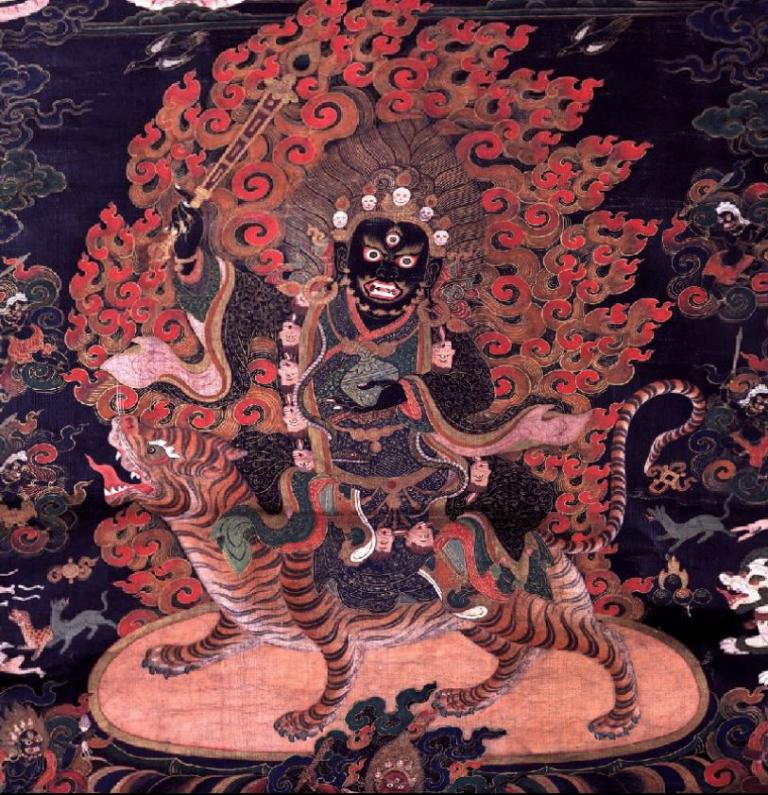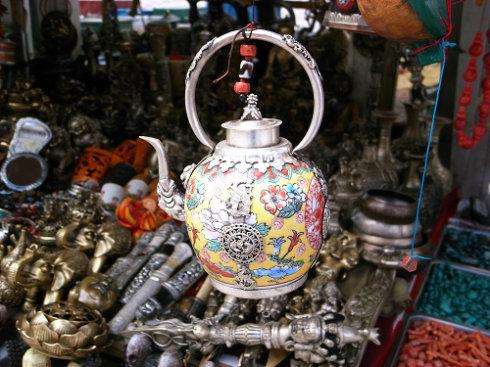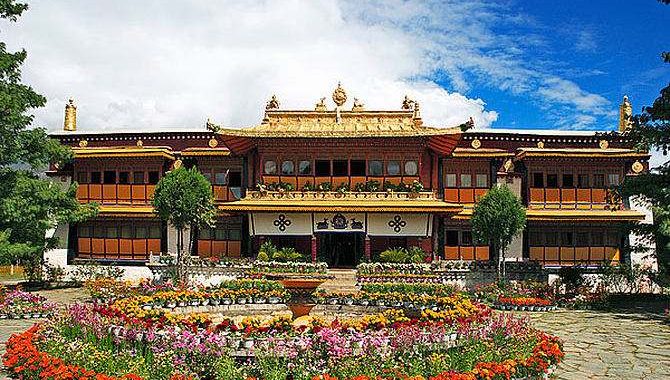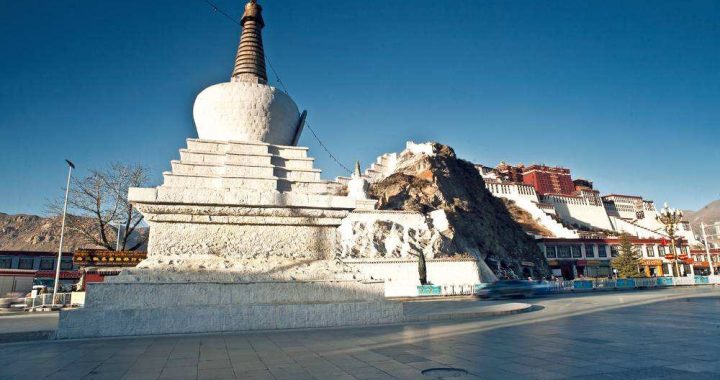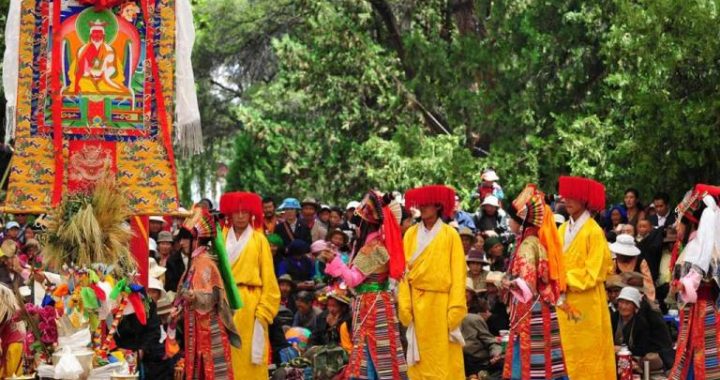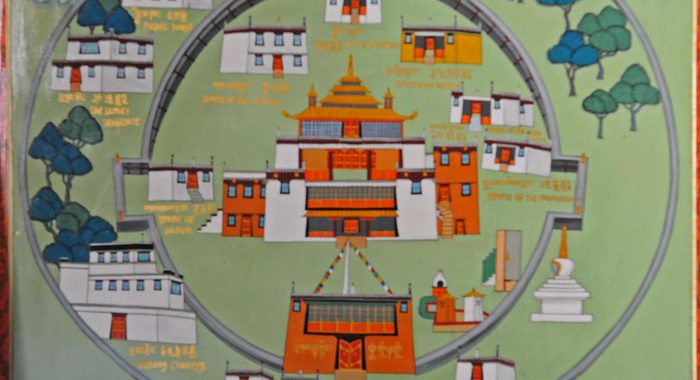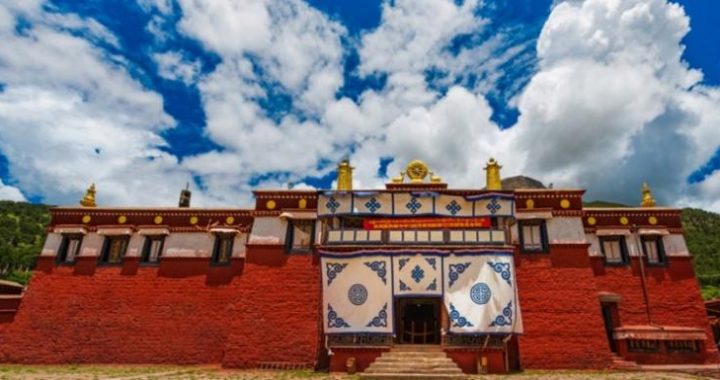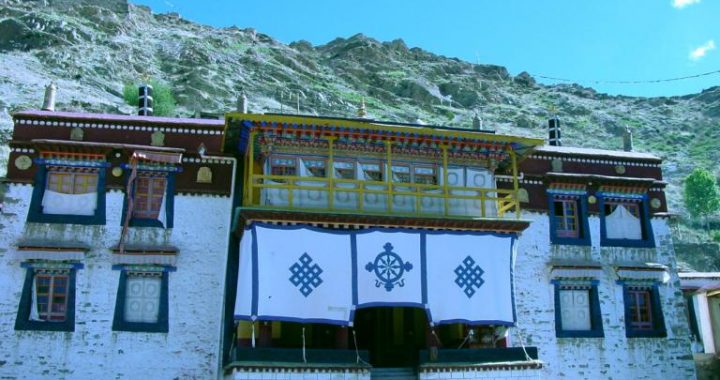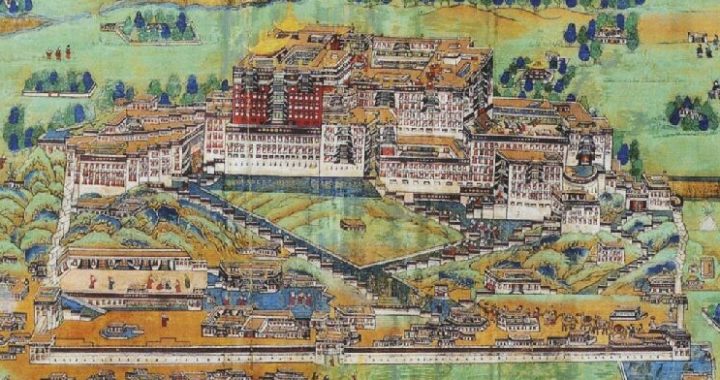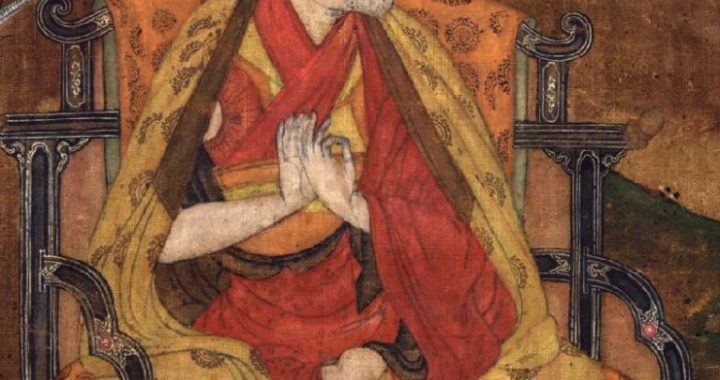The Patriarchal Monastery of Ngor Sub-order of Sakya Sect
3 min readNgor Monastery, also called Ngoer Yewangcholdan Monastery, located at QoiphuxongTownship south of Xigaze in Lhasa, was built in 1429 by Sakya Esoteric Buddhism master Ngorchen Kunga Zangpo. Ngor Monastery serves as the organ for Sakya sect to propagate Esoteric Buddhism at Tsang. It is regarded as the patriarchal monastery of Ngor Branch of Sakya sect. The influences of Ngor Branch once reached as far as Sichuan, Qinghai and Yunnan provinces. Monasteries of Ngor branches number as many as 6,000-odd and monks who make special trips to Ngor Monastery to study or debate on the sutras annually add up to 300, which presents a clue about the glory of the monastery. The ancient buildings of Ngor Monastery went into ruins. The monastery as we see now was rebuilt in 1983 with special state funds.
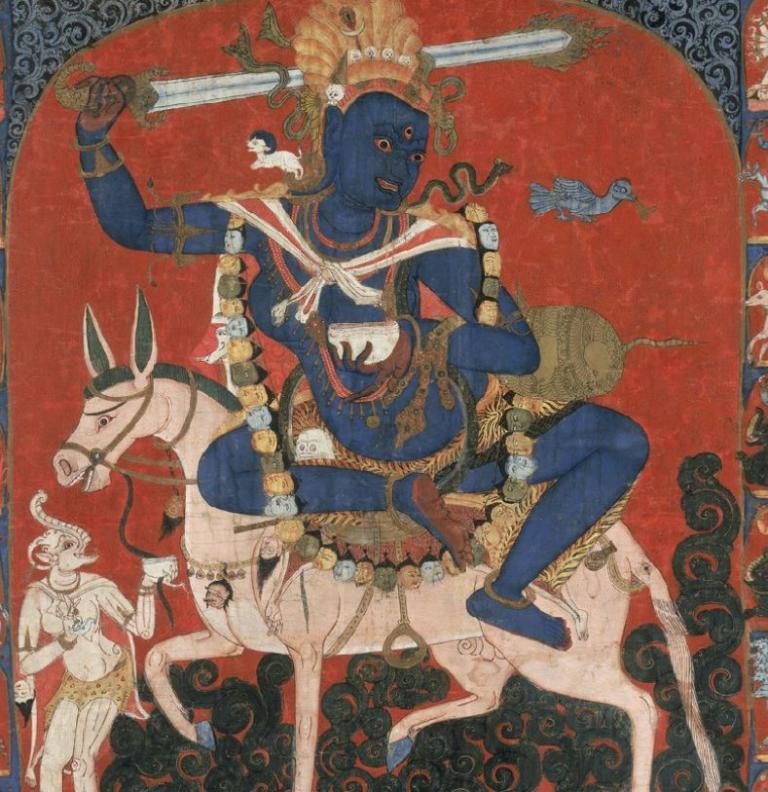
Facing the valley Ngor Monastery was constructed against the mountains. Its picturesque disorder structures form a pleasant layout and an impressive sight. The main constructions are the Grand Sutra Hall and Labrang Shrine, Lhubo Shirine, Khangsa Shrine and Tartse Shirine, which are the bedrooms of the four Buddhist masters. The Grand Sutra Hall and Khangsa Shrine with four of the former 14 trapezoid-shaped white Pagodas in juxtaposition have been renovated.
According to The Record of U-Tsang Monasteries, there are many Buddha images and sutra pagodas atNagor Monastery; especially within the hall of family shrine is the bedroom of NagorPonchen; inside the grottos of Lhangsaphu Hall is the patriarchal preaching hall for Sakya Lamdre teaching and the sealed top secret sutras; within the front hall are the initiation hall and Lamdre preaching hall with statues of Lamdre preachers headed by Nagor Ponchen and successive abbots enshrined in the halls. Inside the grand hall are the images of a variety of empowed deities, among which Sakyamuni’s image is most representative.
Ngor Monastery abounds in treasures represented by Dakinis, Conch of Dharma presented by Prince Kuoshun of the Yuan court and the Conch. The Dakinis with a high nose and deep-set eyes features a plump body and lifelike gestures and postures, which is a typical embodiment of Indian statue style. The Conch of Dharma was presented by Prince Kuoshun of the Yuan court in 1247 when it was decided that Tibet accepted all the conditions of Mongol Khan through the deliberation of Sakya Pandit Kunga Galtsan under the company of his nephew Phagspa with relevant parties. The Conch of Dharma kept intact in Ngor Monastery produces resounding sounds when stricken. The silver-rimmed Conch is decorated with greenish jade and agate.
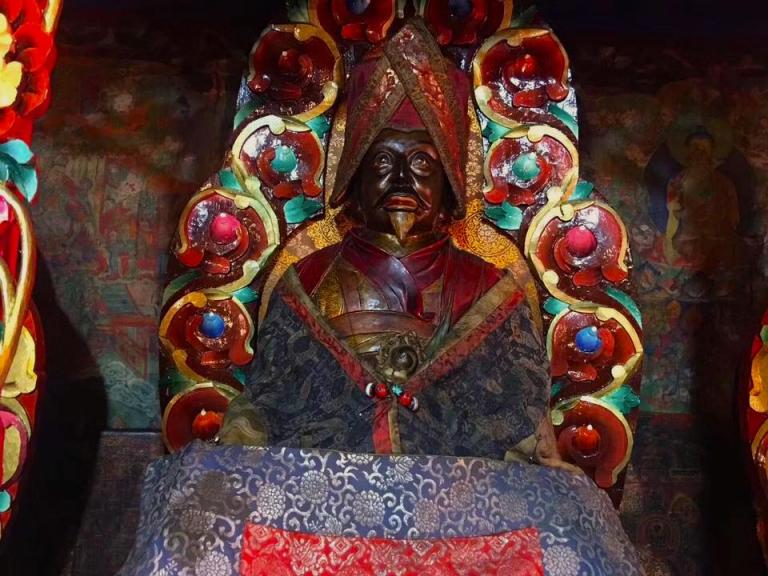
Whenreligious activities are held in Ngor Monastery, this Conch of Dharma is used to send signals to the monks of the whole monastery. Legend has it that this conch grew at a small lake in front of Ngor Monastery, so it was natural, which kept this monastery against disasters, so is cherished as the most valuable treasure of themanastery. In addition, the monastery has a boot with jewelry in cloud patterns of the fifth Dalai Lama Ngawang Losang Gyalcho. It is evident that this small boot is of great artistic value. These cultural relics not only embody the wisdom of Tibetan people, but also represent gems of the Chinese culture. They not only present valuable data for the research of Tibetan Buddhism and the history of Sakya sect, but also provide solid evidence that the Sakya regime is subordinate to the Yuan court.
